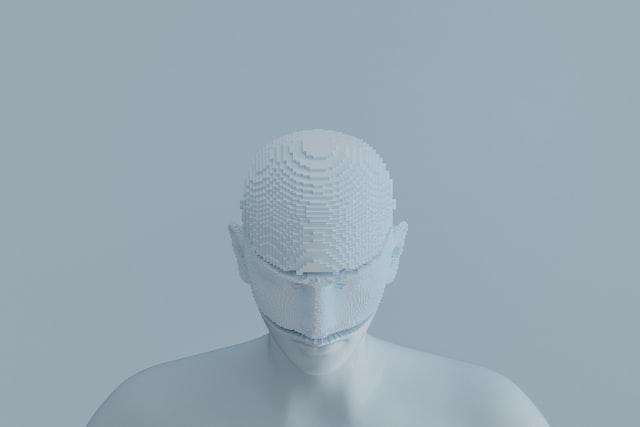Back in the day, traditional building materials such as wood, cement and bricks were the cornerstones of construction. People relied on these materials for their durability and strength, using them for everything from building homes to creating furniture. However, as technology has advanced and the demand for more well-rounded solutions has increased, new materials have emerged to meet the changing needs of consumers.
Among the potential candidates, compact and high-impact strength Vekaplan K sheets have been making a name for themselves in the building industry. With their versatile properties and ever-growing range of applications, they’ve slowly but surely become a popular choice for architects, contractors and builders alike.
What Are the Key Benefits of Vekaplan K Sheets?
As a PVC-based material, it brings a few signature advantages to the table. Depending on your needs and the type of construction project at hand, some may be more important than others, but they’re all worth keeping in mind.
Boosted Impact Resistance
One of the standout features that Vekaplan K sheets offer is their exceptional impact resistance. Whether it’s hail, sharp objects or heavy rain, their solid construction means that they can withstand a lot of punishment without cracking or breaking. This means they’re a fantastic choice for high-traffic areas or exterior cladding where weather conditions can be unpredictable.
Weather-Resistant and Non-Swelling
Aside from their strength and durability, these materials are also designed to withstand the elements. They’re completely weather-resistant and won’t swell or warp when exposed to moisture, which can be a nifty feature in outdoor projects where wood or other materials might struggle. This is due to their PVC construction, which makes them resistant to water and humidity, along with UV rays and extreme temperatures.
High Colourfastness
Speaking of the sun’s rays, they can be quite damaging to some building materials, causing them to fade and lose their original colour over time. Thanks to advanced manufacturing techniques and high-quality pigments, Vekaplan sheets have a high level of colourfastness. This means that even when exposed to direct sunlight for extended periods, they will maintain their original hue without fading or bleaching.
Class 1 Fire Rated
Fire ratings are based on the ability of a material to resist fire or limit its spread. Class 1 is the highest rating for building materials, meaning that they have excellent fire resistance and can even help contain fires in case of an emergency. This makes Vekaplan sheets a valuable choice for commercial and residential construction projects where safety is a top priority.
For instance, in the case of exterior cladding, having a Class 1 fire rating can provide peace of mind to homeowners and building occupants. When there’s limited time to evacuate, every second counts, and having fire-resistant materials can make a significant difference in the outcome of an emergency. While they may not prevent fire, they can help delay its spread and potentially save lives.
Versatile Thicknesses and Sizes
Despite only being available in white, Vekaplan sheets offer a range of thicknesses and sizes to accommodate various building needs. They come in thicknesses ranging from 2.5mm to 6mm, which can be suitable for different structures and applications. Their size options also make them a flexible choice for projects of any scale, from small DIY home improvements to commercial developments.
Recyclable and Eco-Friendly
No building material is truly sustainable if it cannot be recycled or reused. The sheer volume of construction waste is a severe environmental problem, and using materials that can be recycled helps reduce this impact. These sheets are fully recyclable, which means your impact on the environment is significantly reduced. This can also be a selling point for environmentally conscious customers and investors, who are increasingly interested in sustainable building practices.
Where Can You Use Vekaplan K Sheets?
Given their versatility and durability, they can be used in various construction applications. For starters, wall cladding and frame panelling are two common uses for these sheets. This includes both interior and exterior applications, such as kitchen and bathroom walls, or the exterior façade of a building.
Another well-known use for Vekaplan sheets is in signage and displays, thanks to their smooth surface and ability to take adhesives. Ranging from small signs to large advertising boards, they offer a cost-effective and practical solution for the display of information or advertisements. You can use them in combination with other materials, such as acrylics or aluminium composite panels, to create eye-catching and unique displays.
As far as specialised vehicle construction goes, these materials offer excellent properties for use in trailers and trucks. Their lightweight yet robust nature offers a cost-effective and efficient option for vehicle construction, reducing overall weight and increasing fuel efficiency. Even if you don’t need to construct an entire vehicle, they can be used for smaller parts like side panels or doors.
Next up, sanitary areas and wet rooms are also ideal locations for Vekaplan K sheets. With their moisture-resistant properties, they are perfect for use in areas that need to withstand high levels of humidity, such as swimming pools or shower rooms. They can also be used in kitchen and bathroom furniture, providing a sleek and modern look while being resistant to water damage.
Another growing use for Vekaplan sheets is in the manufacturing of furniture and interior design applications. From cabinets to tables, their smooth surface and customizable nature make them a popular choice among designers and manufacturers alike. Their high-quality finish adds a touch of elegance to any room while also being easy to clean and maintain.
Finally, shop fittings and interior design are another popular application for these versatile sheets. They can be easily cut, drilled, and shaped to fit any design or purpose, making them a favourite among designers and architects. Their lightweight nature also means they’re quite easy to install, with a simple adhesive or screw fixing.







